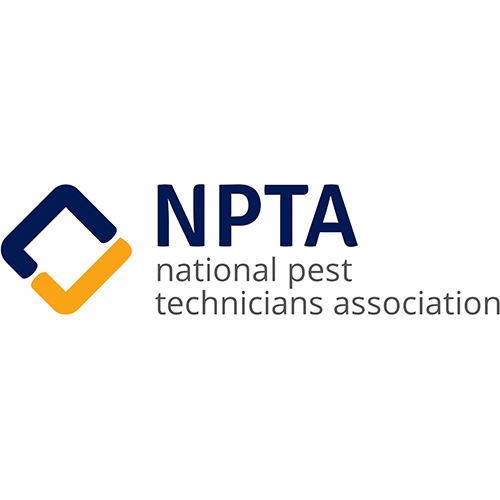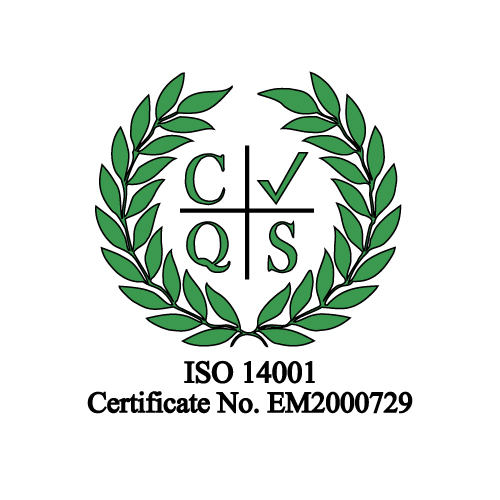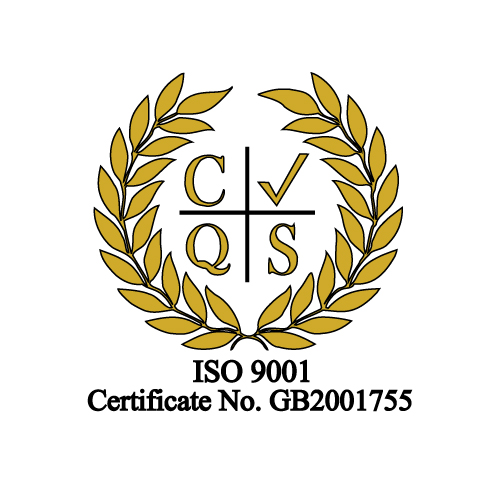Winning The War on Rodents - How Effective IPM Can Help
19th August 2024
Winning The War on Rodents - How Effective IPM Can Help
19th August 2024
Mastering The Swarm - The Power of ULV Fog for Flying Insect Control
10th June 2024

A common problem in all areas of professional pest management in the last few years has been the loss of tried and tested tools. While this can be frustrating, there are more than enough actives to ensure we all have access to reliable options when dealing with even the most resilient ant species.
There are a wide variety of ant species commonly found in the British Isles, both native and non-native, from the Black Garden Ant (Lasius niger) we are all familiar with to more recent arrivals such as the Invasive Garden Ant (Lasius neglectus) first detected 15 years ago.
The main goal in ensuring effective control of any eusocial insect (such as wasps and ants) is to eliminate the source of the infestation, that being the queen and any developing larvae. In the case of above-ground pests such as wasps, this is easily achieved by treating the nest directly. With ants, the traditional approach when the nest cannot be located is to exploit their foraging behaviour to deliver the treatment directly. Here we face another issue though, as many species have differing behaviours, leading to differing approaches.
In the case of the Black Garden Ant, the colony is monogynous (having only one queen), meaning once she is eliminated, the colony is essentially on borrowed time as they are unable to replace her – leaving them particularly vulnerable to treatment. The Pharoah’s Ant (along with many other species including the native Red Ant, Myrmica rubra) is polygynous – with many queens supporting the colony. The issue with this behaviour is that if the colony becomes stressed, some of these may split or “bud” off from the original nest to ensure survival, multiplying the problem and making it harder to achieve effective control.

Synthetic Pyrethroid Insecticides
Synthetic pyrethroid insecticides such as Cypermethrin are often professionally applied as a spray or dust along foraging trails in order to target workers. This method has a high success rate acting as a contact insecticide, with rapid time to effect (compared to some of the alternative methods described later) as well as a residual property that allows for “barriers” to be drawn that will prevent ingress by any additional workers. As a deterrent treatment these products excel, and there may be secondary activity in the nest – however, for well-established colonies or those that are known to bud this may not be adequate to achieve complete elimination. As the colony becomes progressively more stressed due to the loss of workers, those species with multiple queens will be inclined to separate into several smaller colonies to ensure survival and particularly strong colonies will be able to better cope with the loss.
Growth Regulators
The logical choice, therefore, when dealing with polygynous species is to use a “low stress” option such as a growth regulator (e.g. s-methoprene) which will provide control by subtle and long-term changes. These molecules do not work in the typical manner expected of an insecticidal bait, s-methoprene for example, is incorporated into a granular attractant and mimics the action of juvenile hormones produced by the ant to sterilise the queen and prevent the development of larvae – eventually leading to the collapse and death of the colony as the last generation of workers dies out. This method is ideal in areas where contamination from pesticides may cause issue (such as hospitals, food handling areas, etc.) but will take time to achieve effect. Any workers already fully developed will not be affected and will continue to live out the rest of their natural life span (10-12 weeks on average) – in practical terms this means that it may take 4-6 months to achieve noticeable and effective control.
Neonicotinoid Gels
The most widely used option presently is a neonicotinoid gel (such as MoBe Ant Gel) that combines many of the advantages of other methods with each other, while effectively managing the risk associated with a high-potency insecticide. Neonicotinoids have received a lot of attention in recent years from regulatory agencies and environmental concern groups, insecticides in this family are highly effective and originally marketed to the agricultural sector. In professional pest control, they have been offered in a gel bait format which allows for targeted application of highly desirable attractant which is spread through the colony after uptake. In this way, the insecticide is actively taken to the queen, shared between workers and fed to larvae – ensuring the whole colony is exposed. This can be seen as a more rapid form of control provided by growth regulator-based products, neutralising the queen/queens rapidly and preventing larvae from developing – while also controlling the number of active workers. As such, control when using neonicotinoids can be expected in a matter of days to weeks (depending on the severity of infestation).
There may be some hesitation from those more environmentally conscious in choosing to use a neonicotinoid – they do pose a risk to other insects – however, when applied in a suitable bait station or in well-concealed areas where ants are moving through this risk can be mitigated as the bait uptake is rapid and hard for non-target species to reach.
In summary, though the tool kit may seem to be shrinking in many areas, ant control still has a variety of options available to combat species both native and non-native, indoors and outdoors such as MoBe Ant Gel and the MoBe Ant Station.

MoBe Ant Gel Bait: MoBe Ant gel is an effective method of controlling both native and tropical species of ants both indoors and around buildings. The gel bait is composed of highly desirable sugars designed to exploit the social behaviour of the insects and eradicate the nest. MoBe Ant gel is effective against all life stages and colony members, most importantly the queen. The gel can be applied directly along foraging trails or in a feeding station to encourage uptake.

MoBe Ant Station: Mobe Ant Station, containing Imidacloprid (0.01% w/w) offers long-term control within its highly palatable bait matrix. Target control is achieved by elimination of the queen, workers and larvae. Its ready-to-use, discreet and durable design ensures easy placement in areas of high ant activity, making it an ideal choice for both indoor and outdoor use.
USE BIOCIDES SAFELY. ALWAYS READ THE LABEL AND PRODUCT INFORMATION BEFORE USE.
USE BIOCIDES SAFELY. ALWAYS READ THE LABEL AND PRODUCT INFORMATION BEFORE USE.
Please refer to product labels for technical & treatment guidance before commencing with any application.
Manufacturer's guidelines supersede all search information provided by this website.
Professional requirements and regulatory conditions that support the Public Health Sector and we are internationally accredited for Environmental & Quality Management Standards.




